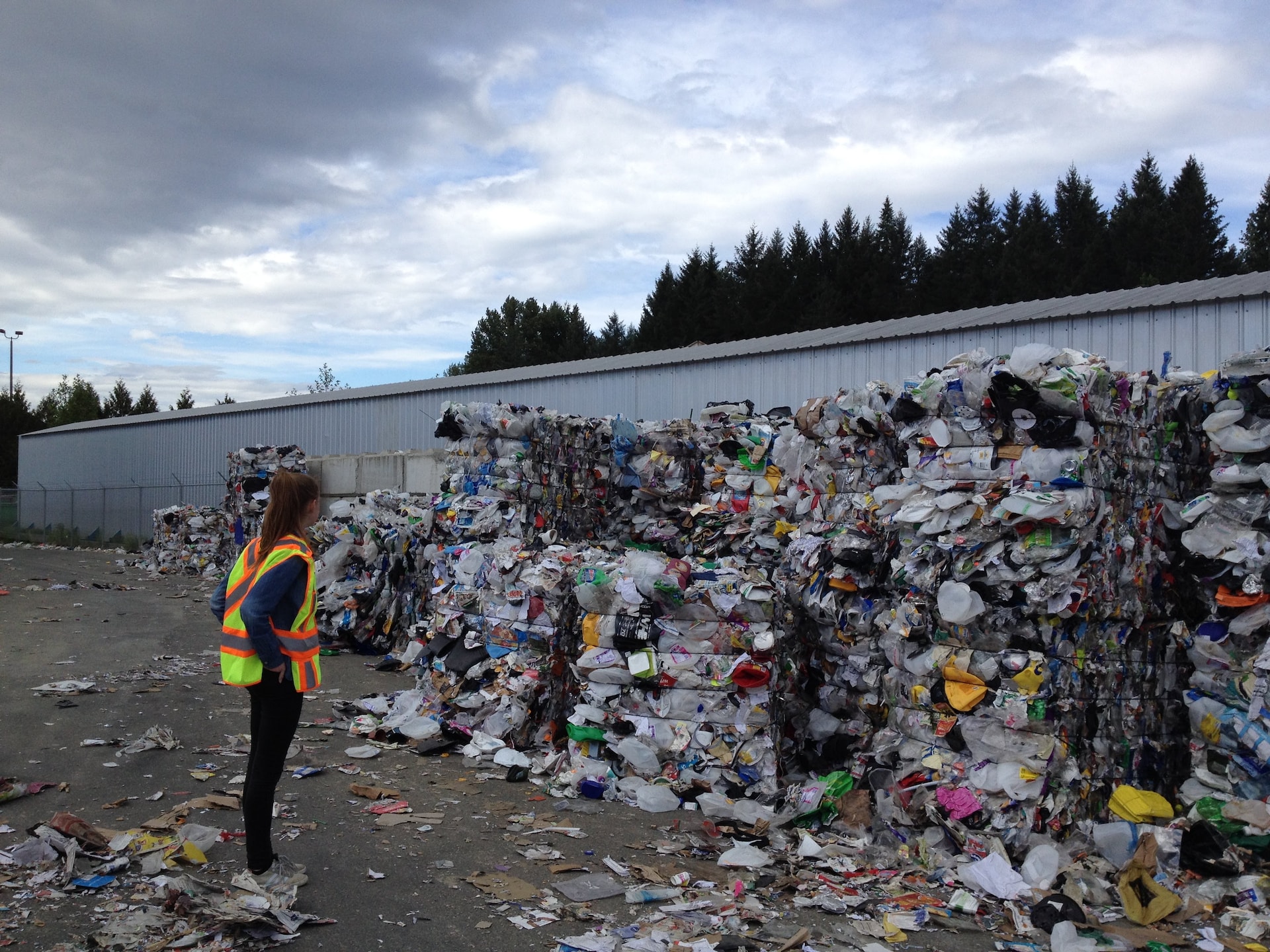Different Types of Business Waste Needed For Recycling
Whether your business creates general, trade, or hazardous waste, it’s your responsibility to arrange waste removal. However, understanding your specific duties and costs is vital. Producing more than required leads to depleted raw materials, wasted storage, unnecessary transport and extra capital tied up in unused inventory.
Contents
Dry Mixed Recycling
Dry mixed recycling (DMR) is a great way to keep clean, recyclable materials separate from rubbish. Regarding business waste & recycling, it saves businesses time by eliminating the need to sort waste into particular bins for different types of recyclables. It’s also a good alternative to landfill. Items that can be recycled as part of DMR include paper, cardboard, plastic, and aluminum drink cans. However, the waste must be clean and free of contamination. Contamination is common, but if it is not cleaned before recycling, it can make the products unusable. Business owners must segregate waste at the source.
In addition to preventing contamination, DMR helps businesses reduce costs. For example, it helps avoid paying landfill tax and VAT. The best way to ensure that DMR is cost-effective is to negotiate with your waste management company for better rates. You can also explore options to reduce waste disposal costs, such as partnering with other businesses or exploring shared recycling programs. You can even work with a waste management service provider that offers both landfill and recycling services. It will help you reduce your costs by avoiding landfill and reducing the need to pay for new waste containers.
Glass Waste
While plastic and specific problems like cotton buds are often high on the agenda, one of the major domestic and business waste streams – glass – hardly gets any air time. But glass needs to be recycled – which can contribute to lower CO2 levels in the economy. Most people are familiar with using specific glass recycling bins or containers to store bottles and jars, and the curbside collection of these items by council services is commonplace in the UK. However, suppose you’re producing large volumes of glass waste in your business or run a glass manufacturing company. In that case, it’s worth checking that your disposal service can handle everything.
Throwing glass in general waste bins can be a mistake and cost you more landfill tax as a business. Because glass is relatively heavy and not crushed easily, it fills up your bins more quickly and makes the waste disposal service more expensive. The US glass industry and state environmental agencies are working to boost the number of recycled glasses. In 2018, only about 3.1 million tons of glass were recycled, composted or combusted with energy recovery, while the rest ended up in landfills. Suppose you want to reduce your business’s environmental impact. In that case, looking for a recycling service that will unbundle single-stream recycling and collect all of your glass in the same 240-liter or 360-liter wheelie bin is worth looking for.
Paper Waste
Paper waste is a significant part of the municipal solid waste (MSW) stream, making it one of the most common business wastes. Depending on the type of paper, it can be recycled into a wide range of products, from newsprint and office paper to cardboard boxes and tissue. It also has the potential to make a positive impact on the environment. As a renewable resource, it requires less energy than oil-based alternatives. Furthermore, every tree produces enough oxygen to support three people. Despite the popularity of electronic communication systems and e-signature platforms, many businesses continue using excessive paper. It’s true of healthcare facilities, which generate massive volumes of sensitive paper records that are difficult to digitize or destroy. Consequently, they must adhere to HIPAA regulations, often requiring storing confidential information on paper.
This paperwork waste can be reduced by implementing digital workflows and online document management systems. Limiting work-in-process production, or WIP is another strategy for lowering paper waste. This can be done by improving standardized work, scheduling and forecasting practices. It can also be reduced by purchasing raw materials only when needed and reducing safety stock. Finally, ensuring that employees are matched with tasks and skillsets best suited to their talents is also helpful.
Hazardous Waste
Most businesses produce hazardous waste, and this requires specialist disposal. Hazardous wastes are toxic, flammable or corrosive chemical wastes that can be dangerous to humans, animals, plants or the environment if disposed of incorrectly. Examples of such wastes include oxidizing solvents, batteries, mercury-containing light bulbs and cathode ray tubes. Businesses that create such wastes may be classified as a ‘conditionally exempt small quantity generator,’ which allows them to be less strictly regulated in their waste management. Most commercial waste is generated by stores, offices and other commercial establishments, including restaurants and markets, and nonmanufacturing activities at industrial facilities. Some of this is known as universal waste and includes fluorescent light bulbs, specialty batteries and fridges. Universal wastes pose lower threats than other types of commercial waste and are produced in large quantities by several generators, but they must still be disposed of properly. Some businesses also generate clinical waste, which contains human or animal tissue. Healthcare service providers, private clinics and tattoo parlors can produce this. It is subject to strict regulations as it poses a risk of secondary disease transmission. Clinical waste also includes used dressings, swabs and needles. Other common hazardous commercial wastes are contaminated motor oil, pesticides and chemical cleaners.

